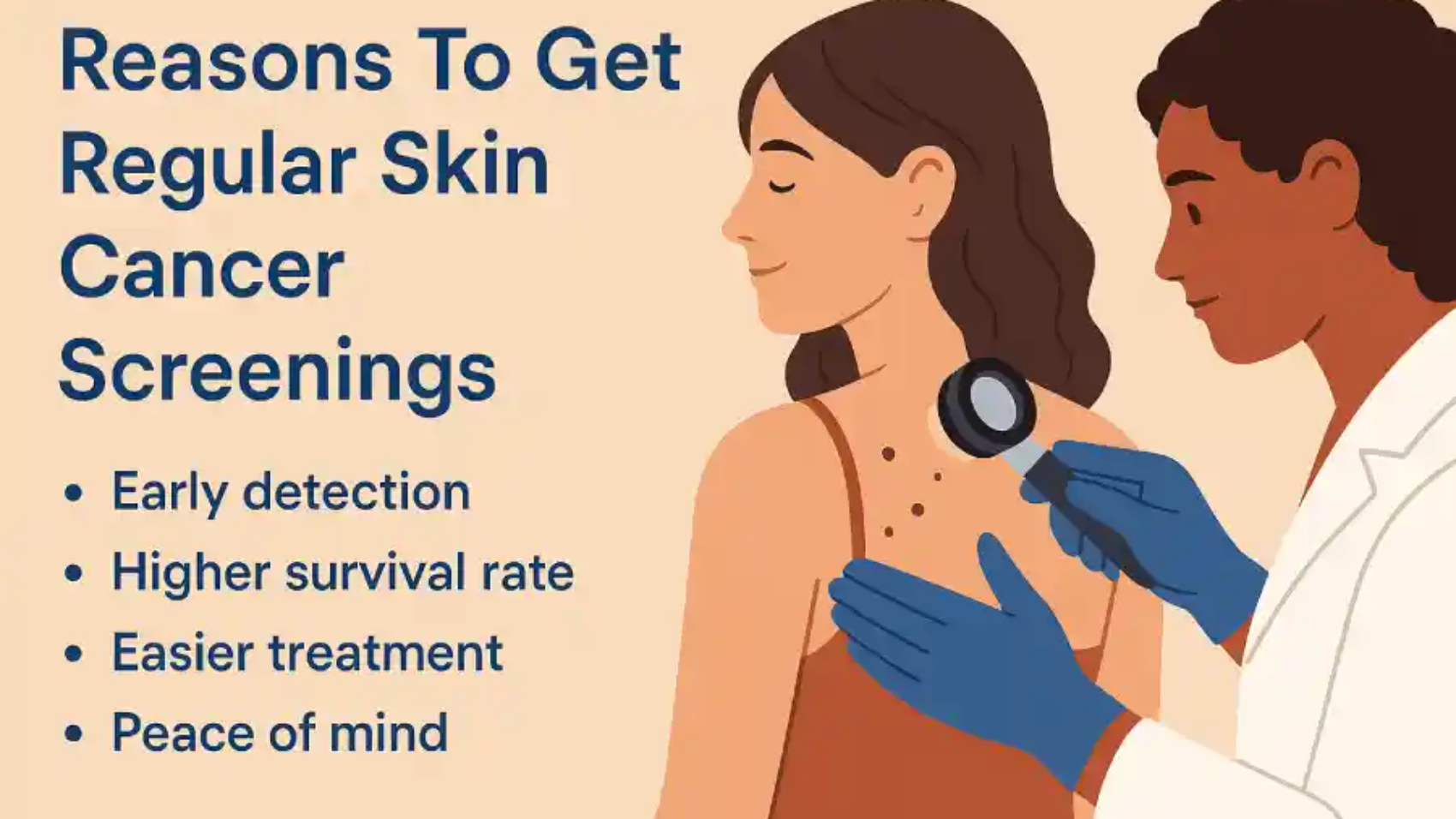Regular skin exams offer one of the simplest ways to monitor for visible signs of developing health concerns. Many providers recommend skin cancer screenings as part of a long-term care plan, especially for those with risk factors such as sun exposure, family history, or fair skin. These quick, non-invasive exams help detect changes that might otherwise go unnoticed. The goal is to identify potential concerns early—when treatment is often simpler and more effective.
Recognizing Subtle Skin Changes
Some of the earliest signs of concern are easy to overlook. Small moles, freckles, or patches of discoloration may appear harmless, but slight changes in color, shape, or size can signal the need for evaluation. Providers performing skin cancer screenings are trained to spot these subtle differences and distinguish between benign growths and areas that may need further testing.
By scheduling routine exams, patients gain a clearer understanding of their skin and what changes require attention. When it comes to skin cancer, timing plays a major role in treatment outcomes. Screenings allow providers to detect abnormal cells before they evolve into more advanced conditions.
For melanoma, early identification is especially meaningful, as this type of cancer can spread quickly. Even non-melanoma forms, like basal cell or squamous cell carcinoma, may grow and damage surrounding tissue if ignored. Regular monitoring provides more opportunities to address these concerns while they are still localized.
Personalized Risk Assessments
Not all individuals face the same level of risk for developing skin cancer. Factors such as personal or family history, number of moles, past sunburns, or time spent outdoors contribute to overall risk. During skin cancer screenings, providers evaluate these details and adjust the frequency of follow-up visits accordingly. This personalized approach supports more efficient monitoring without unnecessary procedures. Patients also gain useful context about how their lifestyle may impact long-term skin health.
Clarifying Questions and Concerns
Patients often have questions about specific spots, discoloration, or skin sensitivity. Screenings offer the opportunity to discuss these concerns with a qualified provider. During the visit, providers can explain what is normal, what to keep an eye on, and how to protect skin from additional damage. They may also recommend techniques for monthly self-exams, helping patients become more confident in recognizing potential changes between appointments.
The skin reflects more than just external appearance. Changes in skin tone, texture, or sensitivity may sometimes point to underlying health conditions such as autoimmune disorders or vitamin deficiencies. Regular exams contribute to a broader picture of well-being. In this way, skin cancer screenings support not just cancer prevention, but ongoing awareness of overall health. Providers can also share recommendations for sunscreen, skincare routines, and protective habits that reduce long-term exposure to harmful UV rays.
Schedule Skin Cancer Screenings
Like other forms of preventive care, screenings become more useful when they occur consistently over time. Establishing a pattern of visits helps both the patient and provider track gradual changes and compare current findings to past exams. This history allows for more accurate assessments and decisions about follow-up care. By creating a routine, patients shift from a reactive to a proactive approach in managing their skin’s health and appearance.

